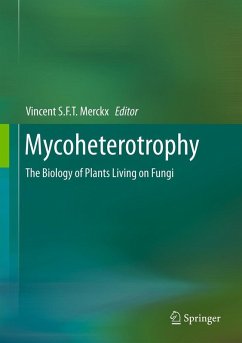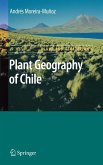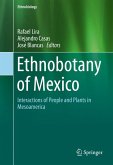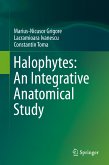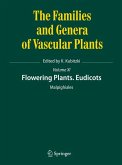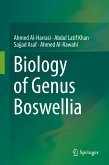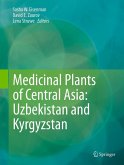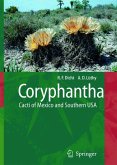Dieser Download kann aus rechtlichen Gründen nur mit Rechnungsadresse in A, B, BG, CY, CZ, D, DK, EW, E, FIN, F, GR, HR, H, IRL, I, LT, L, LR, M, NL, PL, P, R, S, SLO, SK ausgeliefert werden.
Selected by Choice magazine as an "Outstanding Academic Title" for 2013
"This exceptional book provides detailed background information on plants that obtain their organic carbon from fungi ... . Each well-written chapter is an in-depth study with an extensive list of current references. This superb resource provides a wonderful overview and detailed examination of mycoheterotrophs. ... Summing Up: Highly recommended. Upper-division undergraduates, graduate students, researchers/faculty, and professional botanists and mycologists." (K. M. Foos, Choice, Vol. 51 (2), October, 2013)

